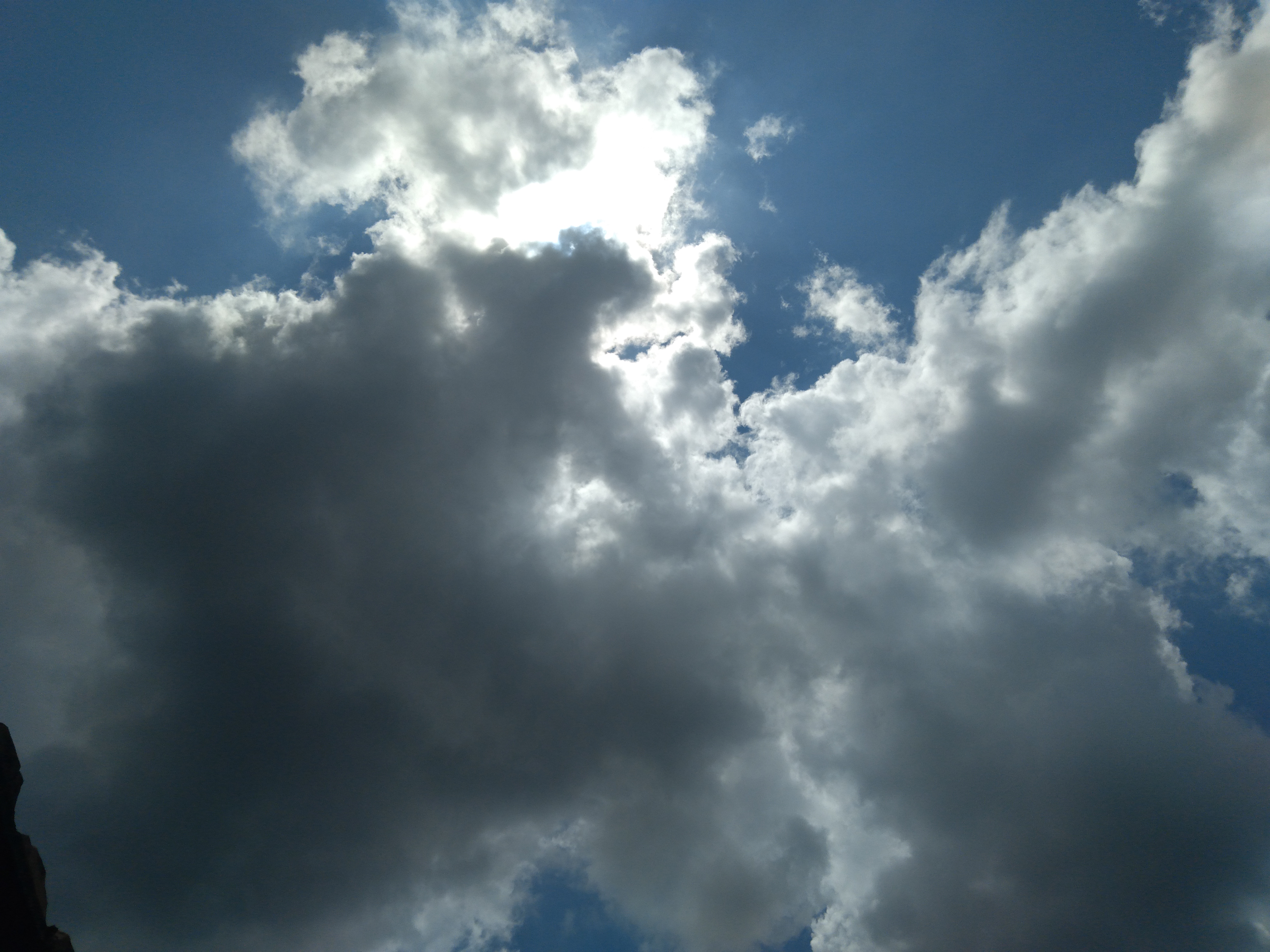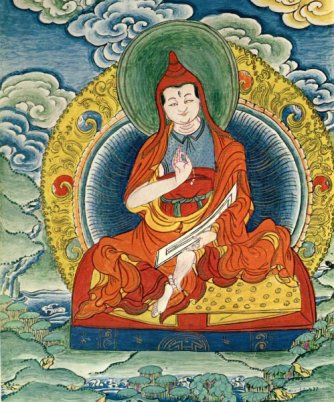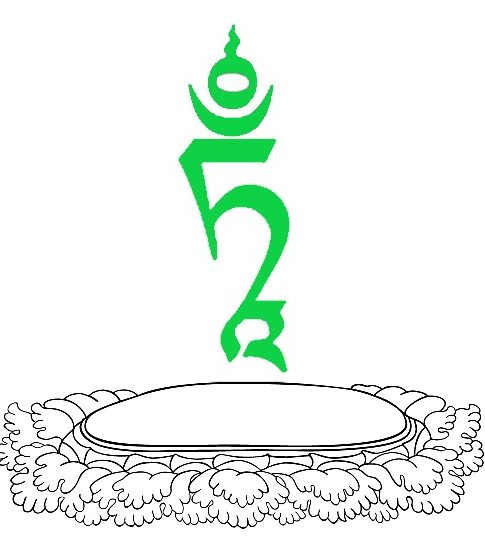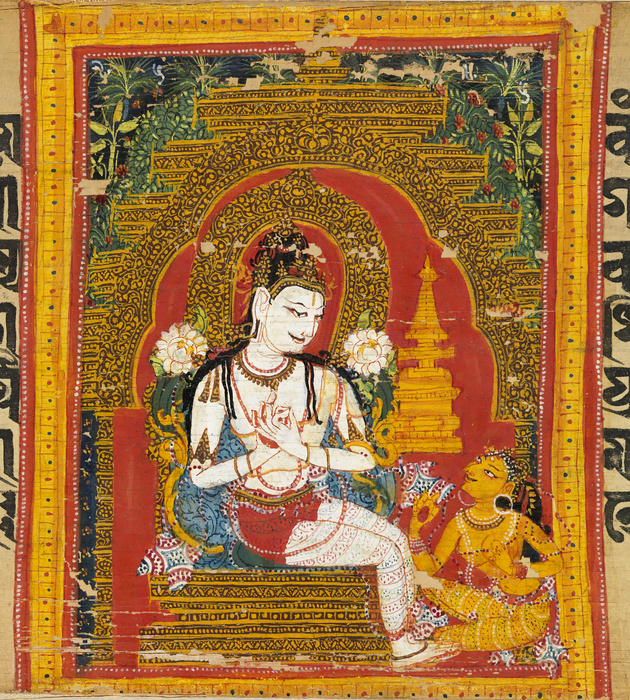|
Dzogchen Texts
Dzogchen ( 'Great Completion' or 'Great Perfection'), also known as ''atiyoga'' ( utmost yoga), is a tradition of teachings in Indo-Tibetan Buddhism and Bön aimed at discovering and continuing in the ultimate ground of existence. The goal of Dzogchen is the direct experience of this basis, called (Sanskrit: ). There are spiritual practices taught in various Dzogchen systems for discovering . Dzogchen emerged during the first dissemination of Buddhism in Tibet, around the 7th to 9th centuries CE. While it is considered a Tibetan development by some scholars, it draws upon key ideas from Indian sources. The earliest Dzogchen texts appeared in the 9th century, attributed to Indian masters. These texts, known as the Eighteen Great Scriptures, form the "Mind Series" and are attributed to figures like Śrī Siṅgha and Vimalamitra. Early Dzogchen was marked by a departure from normative Vajrayāna practices, focusing instead on simple calming contemplations leading to a direc ... [...More Info...] [...Related Items...] OR: [Wikipedia] [Google] [Baidu] |
Tibetan Empire
The Tibetan Empire (,) was an empire centered on the Tibetan Plateau, formed as a result of expansion under the Yarlung dynasty heralded by its 33rd king, Songtsen Gampo, in the 7th century. It expanded further under the 38th king, Trisong Detsen, and reached its greatest extent under the 40th king, Ralpacan, Ralpachen, stretching east to Chang'an, west beyond modern Afghanistan, south into modern India and the Bay of Bengal. The Yarlung dynasty was founded in 127 BC in the Yarlung Valley along the Yarlung River, south of Lhasa. The Yarlung capital was moved in the 7th century from the palace Yumbulingka to Lhasa by the 33rd king Songtsen Gampo, and into the Red Fort during the imperial period which continued to the 9th century. The beginning of the imperial period is marked in the reign of the 33rd king of the Yarlung dynasty, Songtsen Gampo. The power of Tibet's military empire gradually increased over a diverse terrain. During the reign of Trisong Detsen, the empire became ... [...More Info...] [...Related Items...] OR: [Wikipedia] [Google] [Baidu] |
Kulayarāja Tantra
The ''Kulayarāja Tantra'' ( Tibetan phonetically: ''Kunjed Gyalpo'', ; English: "All-Creating King", or "Supreme Source") is a Buddhist Tantra in the Tibetan language and the principal Mind Series (Wylie: ''sems sde'') text of the Dzogchen (Great Perfection) tradition of the Nyingma school. The ''Kunjed Gyalpo'' contains within it smaller Dzogchen texts (from the earlier 18 ''semde'' texts) such as the ''Cuckoo of Rigpa (Rig pa'i khu byug)'' which appears in the thirty first chapter, as such it appears to be a sort of compilation of earlier Dzogchen literature (which is now categorized as "semde")''.'' The ''Kunjed Gyalpo'' is the main tantra of the early Great Perfection tradition during the " Era of Fragmentation" (9th–10th centuries) period. As such, it is a key source for the early teachings of Dzogchen, before the developments of the Tibetan renaissance period (11th -12th centuries) transformed Dzogchen into its later (and currently dominant) forms, mainly the Mennga ... [...More Info...] [...Related Items...] OR: [Wikipedia] [Google] [Baidu] |
Vairotsana
Vairotsana () was a lotsawa or "translator" living during the reign of King Trisong Detsen, who ruled 755-97 CE. Vairotsana, one of the 25 main disciples of Padmasambhava, was recognized by the latter as a reincarnation of an Indian pandita. He was among the first seven monks ordained by Śāntarakṣita, and was sent to Dhahena in India to study with Śrī Siṅgha, who taught him in complete secrecy. Śrī Siṅgha in turn entrusted Vairotsana with the task of propagating the semde and longdé sections of Dzogchen in Tibet. He is one of the three main masters to bring the Dzogchen teachings to Tibet, the two others being Padmasambhava and Vimalamitra, and was also a significant lineage holder of trul khor. Shechen Gyaltsab mentions in his ''Pond of White Lotus Flowers'' that before meeting Śrī Siṅgha, Vairotsana had met the wisdom forms of the two vidyadharas Garab Dorje and Mañjuśrīmitra in a miraculous pagoda at Dhahena. After he had presented a huge off ... [...More Info...] [...Related Items...] OR: [Wikipedia] [Google] [Baidu] |
Sri Singha
Sri Singha (Sanskrit: , ) was the teacher of Padmasambhava, Vimalamitra, and Vairotsana. He was a principal student and dharma-son of Mañjuśrīmitra in the Dzogchen lineage, and is credited by the Nyingma school with introducing Dzogchen to Tibet. Life Sri Singha is the son of King 'Accomplisher' and his wife queen Nantakā. A.W. Barber notes that Sri Simha took the Atiyoga lineage to Andhra, in South India. He made his residence at Dhanyakataka. Thus, it would appear that Sri Simha took the Atiyoga line to Andhra and made his residence at the famous Dhanyakataka along the Krishna River. From here it was transmitted to teachers who then took the line to Tibet and China. Achievements Śrī Siṃha brought the Secret Mantra teachings from beneath the Vajra Throne in Bodhgaya to the 'Tree of Enlightenment' in China, where he concealed them in a pillar of the 'Auspicious Ten Thousand Gates Temple'. Śrī Siṃha conferred the Eighteen Dzogchen Tantras (Tibetan: ''rdzogs ... [...More Info...] [...Related Items...] OR: [Wikipedia] [Google] [Baidu] |
Semde
Semde (; Sanskrit: , "mind division", "mind class" or "mind series" is the name of one of three scriptural and lineage (Buddhism), lineage divisions within the Dzogchen (Great Perfection) tradition. The Nyingma school of Tibetan Buddhism traditionally classifies its Dzogchen teaching into three main divisions: Semde, Longdé (Space Series) and Menngagde (Secret Instruction Series). Semde texts are mostly said to be translations by figures of History of Tibetan Buddhism#First dissemination (7th–9th centuries), the early transmission (7th–9th centuries) of Buddhism to Tibet like Sri Singha, Śrī Siṅgha, Vairotsana and Vimalamitra. These texts emphasize the "awakened mind" (Tibetan: ''byang-chub-kyi sems'', Skt. ''bodhicitta''), which is the true nature of the mind and is essentially pure and perfect, just like Buddhahood. Semde texts critique tantric practice as being based on effort, and instead promote simple and effortless contemplation of the mind and its Emptiness (Buddhi ... [...More Info...] [...Related Items...] OR: [Wikipedia] [Google] [Baidu] |
Deity Yoga
The fundamental practice of Vajrayana and Tibetan tantric practice, Tibetan tantra is deity yoga (''devatayoga''), a form of Buddhist meditation centered on a chosen deity or "cherished divinity" (Skt. ''Iṣṭa-devatā,'' Tib. ''yidam''). This involves the recitation of mantras and prayers alongside the detailed visualization of the deity and their mandala—a sacred configuration that includes their pure land, Buddha field, consorts, and attendant figures. The 14th-century scholar Tsongkhapa stated that deity yoga is the distinctive feature that sets Tantra apart from the Sutra-based path. In the highest class of Tantras, the Unsurpassed Yoga Tantras, deity yoga is typically practiced in two stages: the generation stage (''utpatti-krama'') and the completion stage (''nispanna-krama''). In the generation stage, practitioners dissolve ordinary perception into emptiness and then re-imagine reality through the form of a fully enlightened deity, understood as an expression of ulti ... [...More Info...] [...Related Items...] OR: [Wikipedia] [Google] [Baidu] |
Sam Van Schaik
Sam Julius van Schaik is an English tibetologist. Education He obtained a PhD in Tibetan Buddhist literature at the University of Manchester in 2000, with a dissertation on the translations of Dzogchen texts by Jigme Lingpa. Career Since 1999 van Schaik has worked at the British Library in London, where he is currently the Head of the Endangered Archives Programme a position to which he was appointed in February 2019. He was previously a project manager for the International Dunhuang Project, specialising in the study of Tibetan Buddhist manuscripts from Dunhuang. He has also taught occasional courses at SOAS, University of London. From 2003 to 2005 van Schaik worked on a project to catalogue Tibetan Tantric manuscripts in the Stein Collection of the British Library, and from 2005 to 2008 he worked on a project to study the palaeography of Tibetan manuscripts from Dunhuang, in an attempt to identify individual scribes. Books Van Schaik is the author or co-author ... [...More Info...] [...Related Items...] OR: [Wikipedia] [Google] [Baidu] |
Laṅkāvatāra Sūtra
The ''Laṅkāvatāra Sūtra'' (Sanskrit: लङ्कावतारसूत्रम्, "Discourse of the Descent into Laṅkā", , Chinese: 入楞伽經) is a prominent Mahayana Buddhist sūtra. It is also titled ''Laṅkāvatāraratnasūtram'' (''The Jewel Sutra of the Entry into Laṅkā,'' Gunabhadra's Chinese title: 楞伽阿跋多羅寶經 léngqié ābáduōluó bǎojīng) and ''Saddharmalaṅkāvatārasūtra'' (''The Sutra on the Descent of the True Dharma into Laṅkā''). A subtitle to the sutra found in some sources is "''the heart of the words of all the Buddhas''" (一切佛語心 yiqiefo yuxin, Sanskrit: ''sarvabuddhapravacanahṛdaya''). The ''Laṅkāvatāra'' recounts a teaching primarily between Gautama Buddha and a bodhisattva named Mahāmati ("Great Wisdom"). The sūtra is set in mythical Laṅkā, ruled by Rāvaṇa, the king of the rākṣasas. The ''Laṅkāvatāra'' discusses numerous Mahayana topics, such as Yogācāra philosophy of mind-only (' ... [...More Info...] [...Related Items...] OR: [Wikipedia] [Google] [Baidu] |
Mahayana
Mahāyāna ( ; , , ; ) is a term for a broad group of Buddhist traditions, Buddhist texts#Mahāyāna texts, texts, Buddhist philosophy, philosophies, and practices developed in ancient India ( onwards). It is considered one of the three main existing branches of Buddhism, the others being Theravāda and Vajrayāna.Harvey (2013), p. 189. Mahāyāna accepts the main scriptures and teachings of Early Buddhist schools, early Buddhism but also recognizes various doctrines and texts that are not accepted by Theravada Buddhism as original. These include the Mahāyāna sūtras and their emphasis on the ''bodhisattva'' path and Prajnaparamita, ''Prajñāpāramitā''. Vajrayāna or Mantra traditions are a subset of Mahāyāna which makes use of numerous Tantra, tantric methods Vajrayānists consider to help achieve Buddhahood. Mahāyāna also refers to the path of the bodhisattva striving to become a fully awakened Buddha for the benefit of all sentience, sentient beings, and is thus also ... [...More Info...] [...Related Items...] OR: [Wikipedia] [Google] [Baidu] |
Buddha-nature
In Buddhist philosophy and soteriology, Buddha-nature ( Chinese: , Japanese: , , Sanskrit: ) is the innate potential for all sentient beings to become a Buddha or the fact that all sentient beings already have a pure Buddha-essence within themselves.Heng-Ching ShihThe Significance Of 'Tathagatagarbha' – A Positive Expression Of 'Sunyata'/ref> "Buddha-nature" is the common English translation for several related Mahāyāna Buddhism, Buddhist terms, most notably ''tathāgatagarbha'' and ''buddhadhātu'', but also ''sugatagarbha,'' and ''buddhagarbha''. ''Tathāgatagarbha'' can mean "the womb" or "embryo" (''garbha'') of the "thus-gone one" (''Tathagata, tathāgata''), and can also mean "containing a ''tathāgata''"''. Buddhadhātu'' can mean "buddha-element", "buddha-realm", or "buddha-substrate". Buddha-nature has a wide range of (sometimes conflicting) meanings in Indian Buddhism and later in East Asian Buddhism, East Asian and Tibetan Buddhism, Tibetan Buddhist literatur ... [...More Info...] [...Related Items...] OR: [Wikipedia] [Google] [Baidu] |
Tantras (Buddhism)
Buddhist tantric literature refers to the vast and varied literature of the Vajrayāna (or Mantrayāna) Buddhist traditions. The earliest of these works are a genre of Indian Buddhist tantric scriptures, variously named Tantras, Sūtras and Kalpas, which were composed from the 7th century CE onwards. They are followed by later tantric commentaries (called pañjikās and ṭīkās), original compositions by Vajrayana authors (called prakaraṇas and upadeśas), sādhanas (practice texts), ritual manuals (kalpas or vidhis), collections of tantric songs ( dohās) odes ( stotra), or hymns, and other related works. Tantric Buddhist literature survives in various languages, including Sanskrit, Tibetan, and Chinese. Most Indian sources were composed in Sanskrit, but numerous tantric works were also composed in other languages like Tibetan and Chinese. Overview History Buddhist Tantric texts may have begun appearing during the Gupta Period (320–550 CE). However, the earlie ... [...More Info...] [...Related Items...] OR: [Wikipedia] [Google] [Baidu] |







